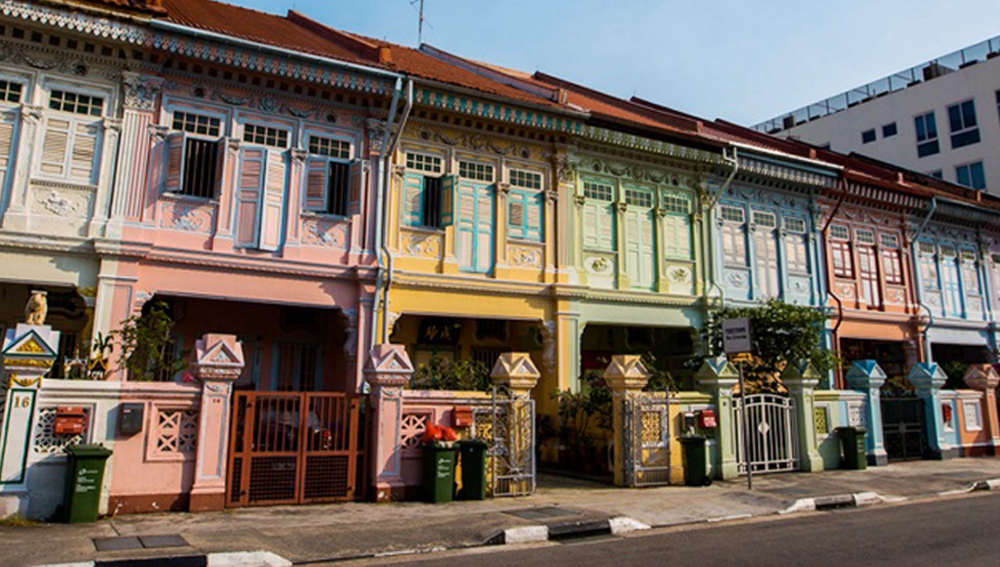There's something magical about Katong.
Earlier this year, electro-indie duo Elektone covered Seranaide's 2005 hit "Girl From Katong", transforming it into a trippy, soaring mesh of synthesizer magic.
Not long after, Shak (Shak'thiya Subramaniamm) and Charlie Lim collaborated to produce a distinctively retro, jazzy, and laid-back rendition of the same song, as part of a campaign to re-work old(er) Singaporean classics.
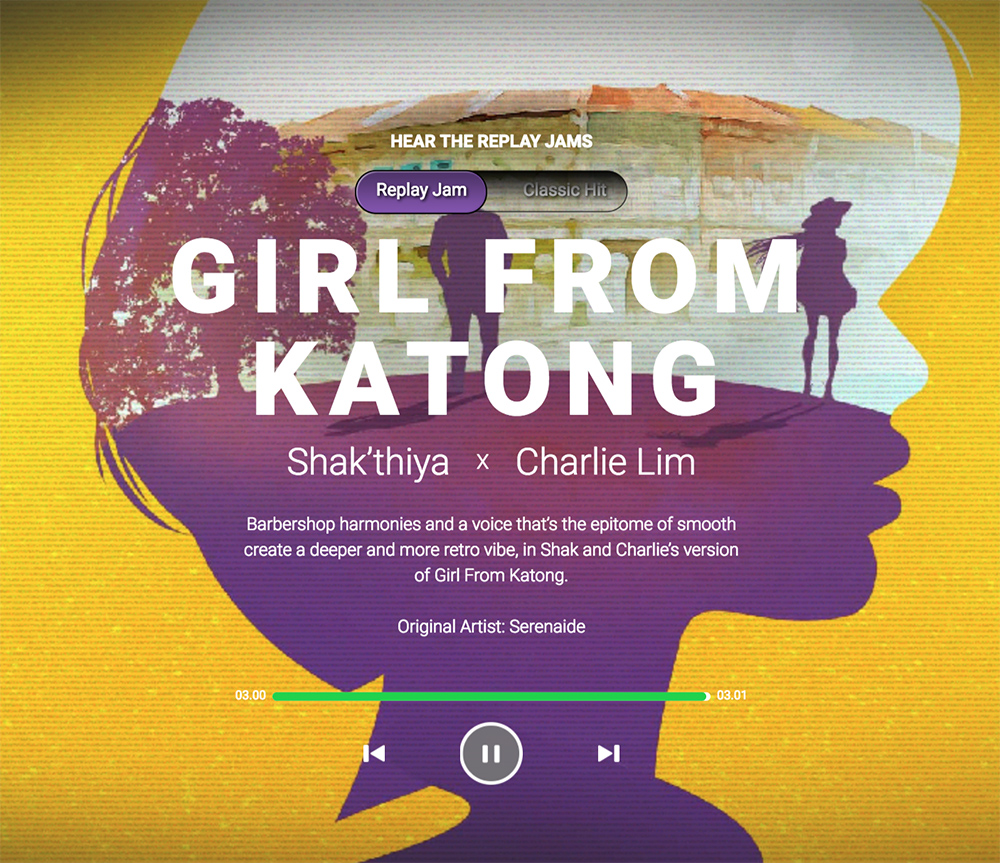 Via The Great Singapore Replay. Click on image to go to song.
Via The Great Singapore Replay. Click on image to go to song.
The Katong quality
Both covers work wonderfully in evoking a sense of Katong, and as sung in the song, a very "magical Marine Parade".
The latter riffs on the oft-conjured image of a breezy Katong beach perfect for a weekend getaway, while Elektone's version plays up a transient, dream-like quality of Katong, which is a nod to its name: 'Katong' is what is used to describe the rippling effect of a sea mirage when looking at the shoreline -- possibly the most romantic place name in Singapore.
Even the folk song 'Di Tanjong Katong' that we sing every National Day, plays up the romance of Katong. The lyrics to the song are actually composed of pantuns - a Malay poetic form consisting of alternating, rhyming lines. The most common theme in pantuns is love.
Of turtles and coconuts
Tanjong Katong is Malay for "Turtle Cape". Perhaps it was a place where the katong, also the name of an extinct species of turtles, was often sighted in the past.
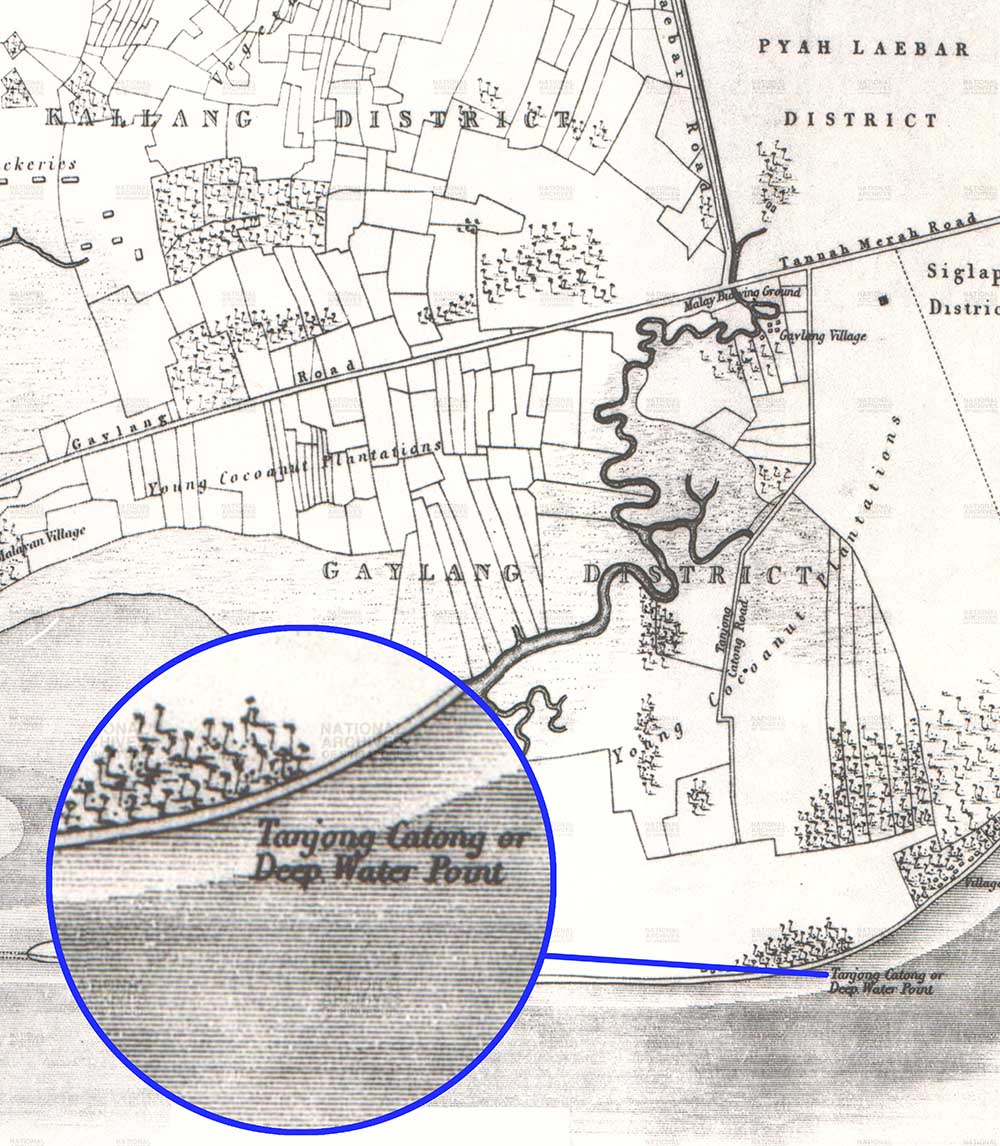 Excerpt from 1846 Town Map of Singapore. Adapted via NAS.
Excerpt from 1846 Town Map of Singapore. Adapted via NAS.
In 1822, Raffles originally set aside the land between Tanjong Katong (which the British called Deep Water Point) and Tanjong Rhu (which they called Sandy Point) for ship building activities.
Look at the map above and you'll also find that further in from Katong's shore was a number of plantations, which cultivated mainly cotton and coconut.
Unfortunately, the cotton industry quickly fizzled out but coconut plantations continued to be a mainstay.
[related_story]
Seaside retreat
At the turn of the 20th century, Katong became popular as a weekend retreat for the rich who desired a break from city life. It quickly developed into a seaside "town" of sorts with recreation clubs, hotels, and mansions built by the wealthy.
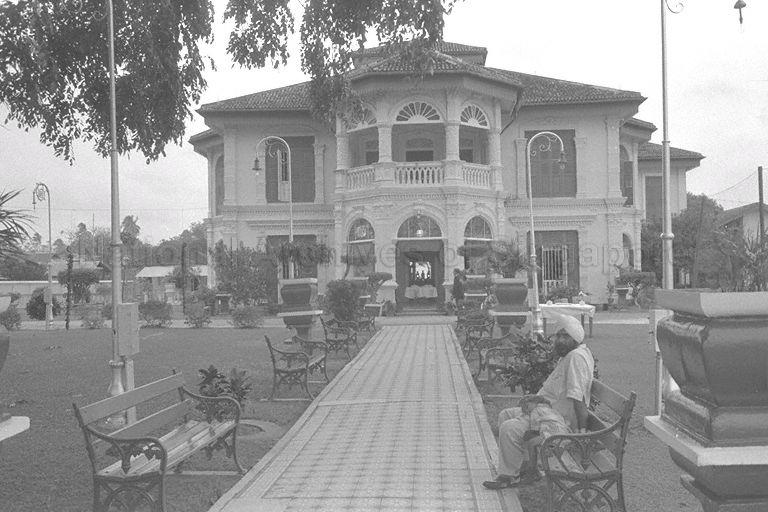 Mandalay Villa. Via NAS.
Mandalay Villa. Via NAS.
One such villa was the Mandalay Villa, which used to be located along Amber Road. The mansion was famously occupied by Chinese businessman Lee Choon Guan and his second wife Tan Teck Neo.
The villa was one of four holiday villas built by Lee's father.
Lee owned the parcel of land on which Mandalay Villa sat on, as well as the adjacent land which was occupied by Kampong Amber, on which the fishermen lived rent free.
It was said that the fishermen of Kampong Amber organised an annual parade on his wife's birthday outside Mandalay Villa as a show of their appreciation to the Lees.
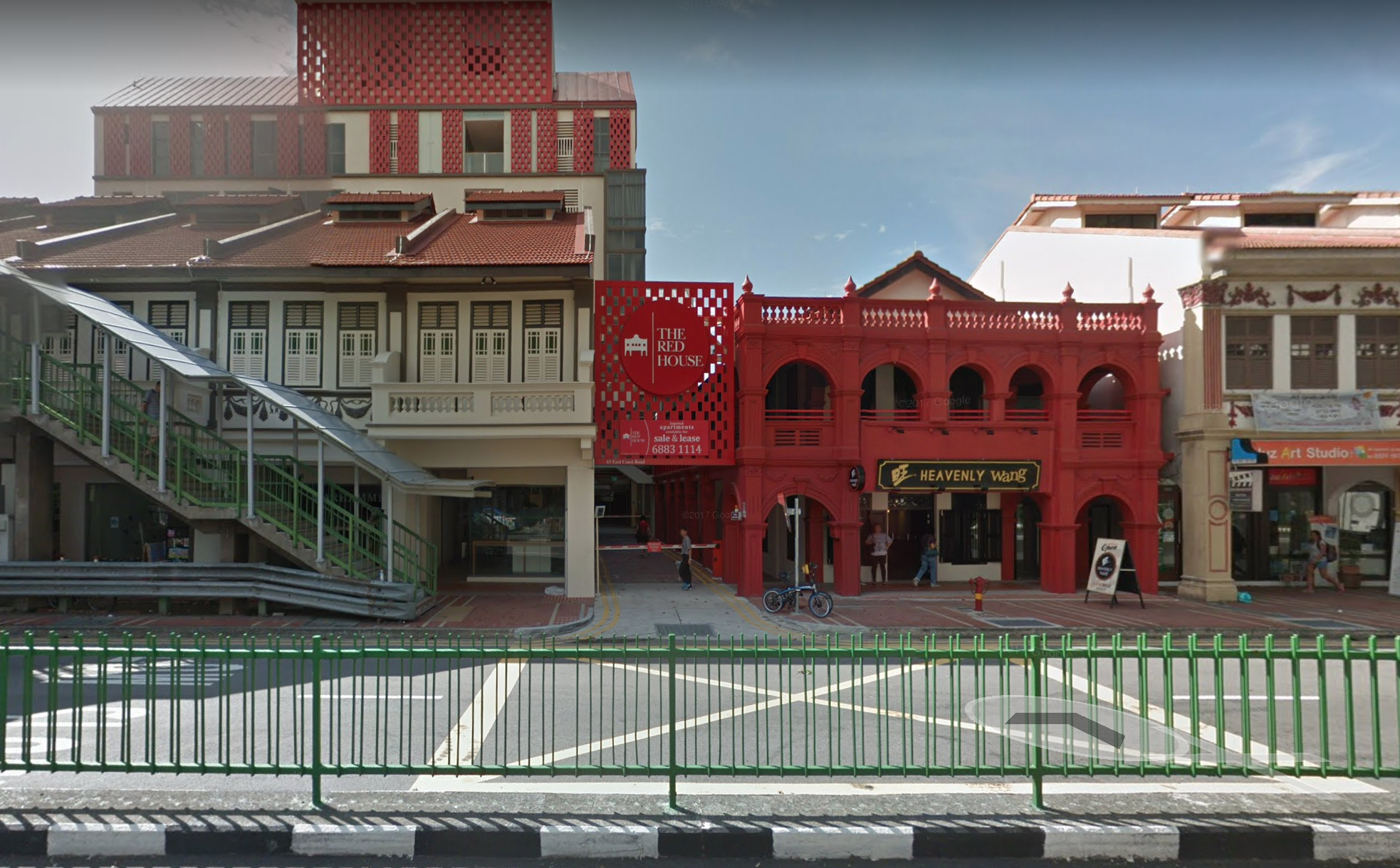 The Katong Red House is another heritage feature along Tanjong Katong Road. Via Google Maps.
The Katong Red House is another heritage feature along Tanjong Katong Road. Via Google Maps.
Other Chinese settlers such as Joo Chiat and Whampoa Hoo Ah Kay, the Jewish families Meyers and Elias, and Jose d’Almeida were some of the people who bought land along Katong.
Old-world charm
Even today, roads that used to run near the sea (before Marine Parade's land reclamation) are still named after famous British seaside towns, such as Boscombe and Poole in Britain.
While it is not technically near the sea, the Tanjong Katong of today still retains its laid back, seaside vibes.
Having been designated a conservation area since 2003, Katong's conserved shophouses and way of life still possess that quality that people write songs about.
Magical indeed.
Top image via NAS.
If you like what you read, follow us on Facebook, Instagram, Twitter and Telegram to get the latest updates.
